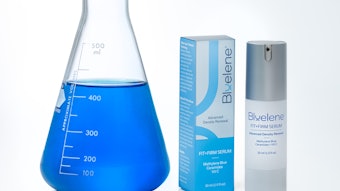
The global anti-aging market is projected to grow from $29,1 billion in 2018 to $36.9 billion in 2022, according to Euromonitor dataa. But there’s a bigger story behind those numbers—a massive and growing population of older consumers.
In 2015, there were 901 million people on Earth age 60 years or older, a number that is projected to grow by 56% through 2050, eventually totaling 2.1 billion, according to the United Nations’ “World Population Aging” report (www.un.org).
These populations are heavily weighted toward more mature markets, but growth in this demographic is projected to expand more rapidly in emerging economies. By 2050, 1.7 billion people age 60 or older will live in less developed regions. The population of people age 80 or older will grow even faster, according to the United Nations, meaning there will be increased demands for beauty and personal care innovation that’s attuned to later life stages.
This month, we explore the latest innovations of well-aging, including new attitudes and approaches to anti-aging, the changing language of age and aging, the unique needs of consumers in later stages of life, and the ways in which younger consumers are addressing the passage of time.
As the concept of linear time becomes increasingly decoupled from notions of aging, particularly in light of the influence of lifestyle and environment on health, new innovation will be demanded from the next generation of “aging” people.
Footnote:
aProprietary Euromonitor database; https://www.euromonitor.com/our-expertise/passport











